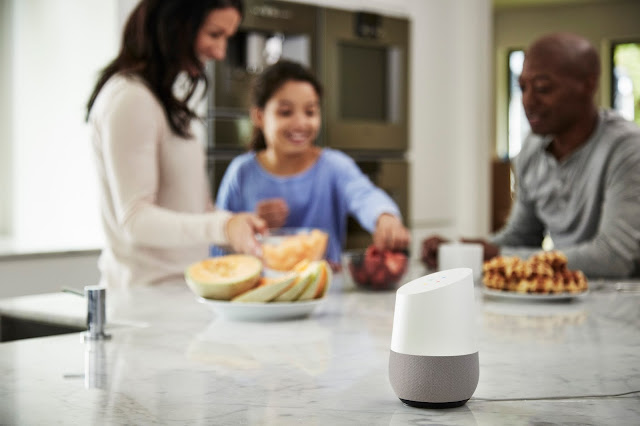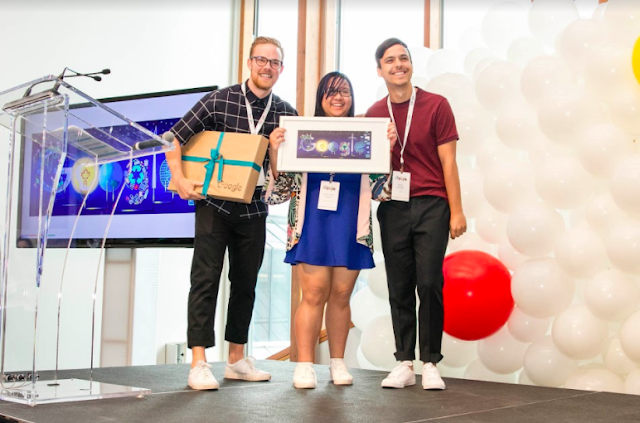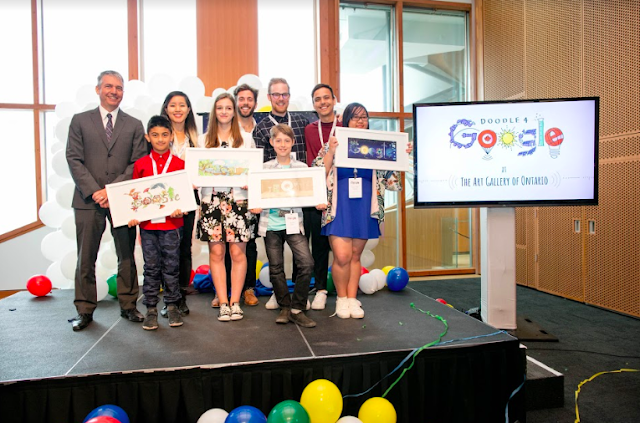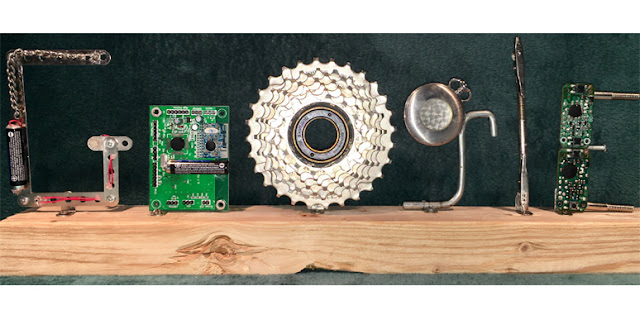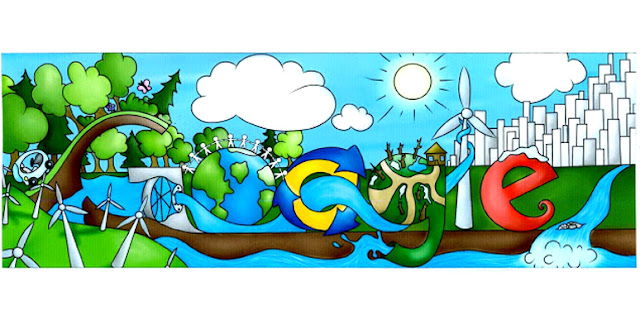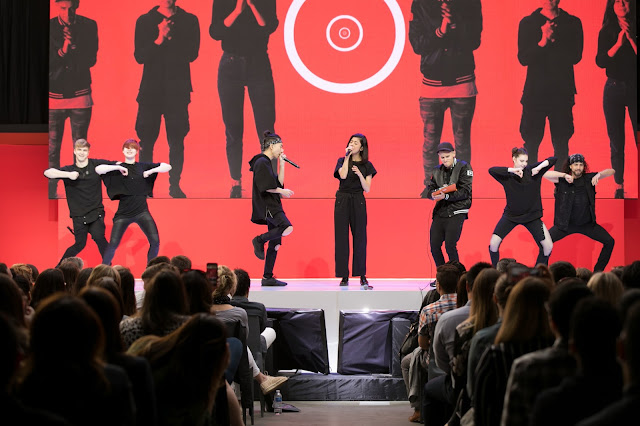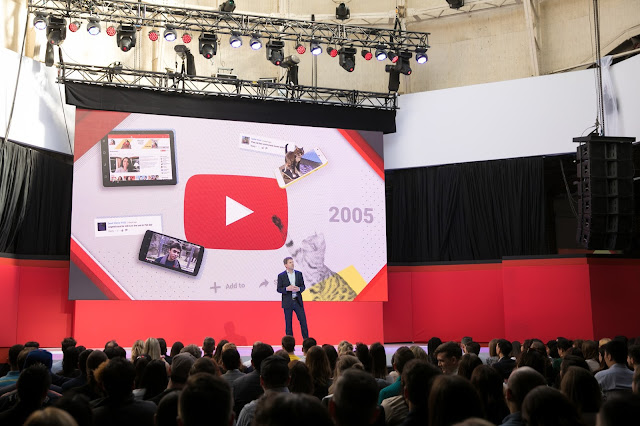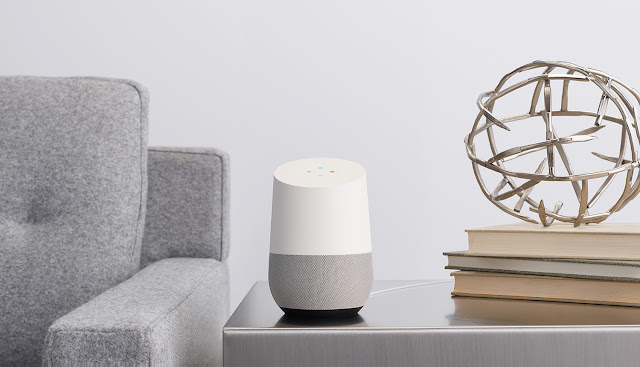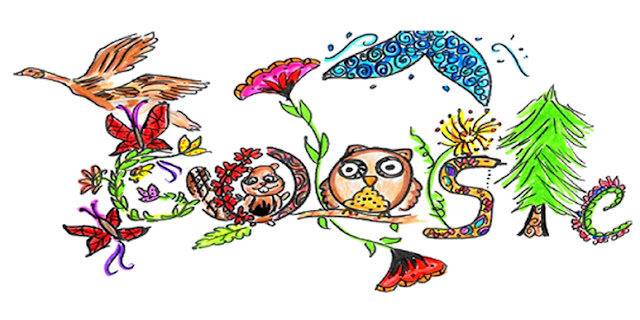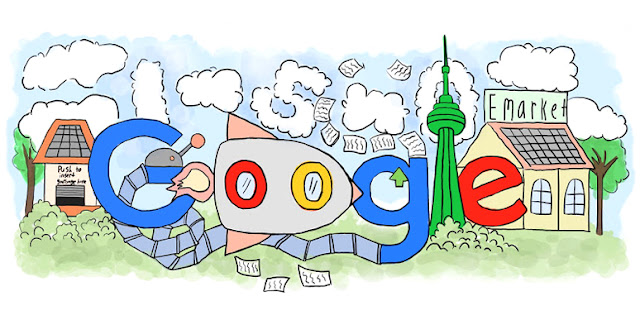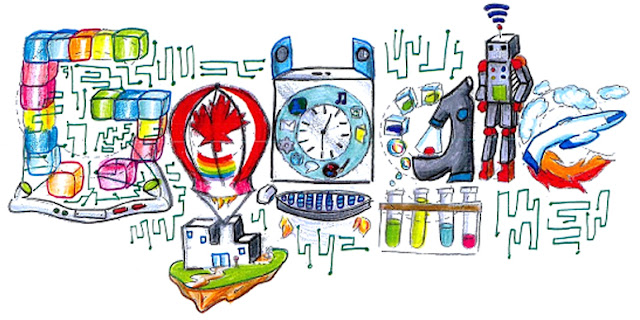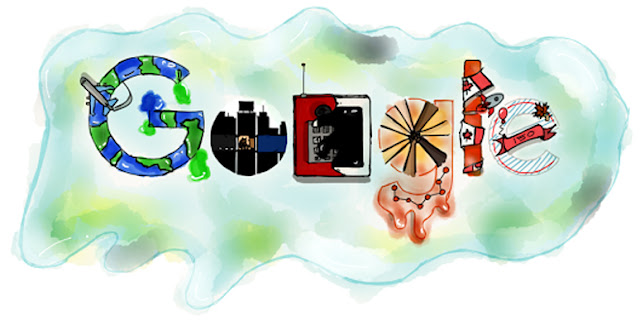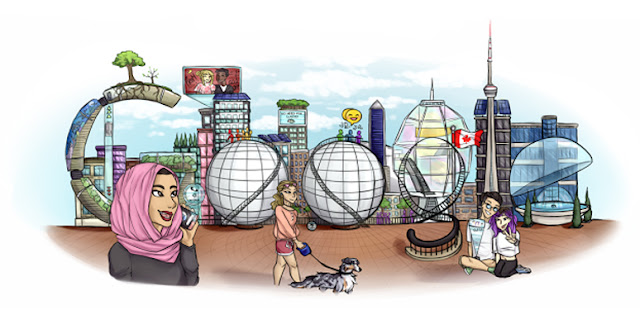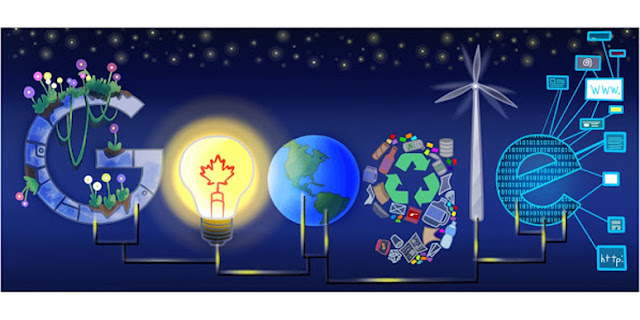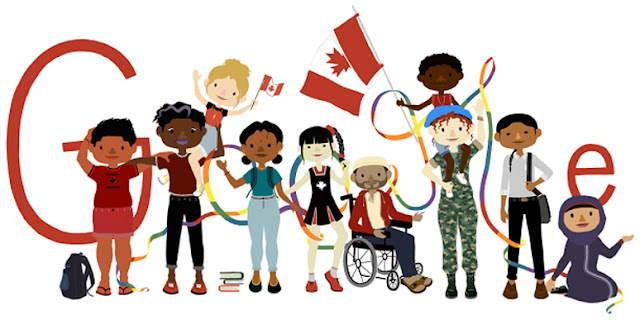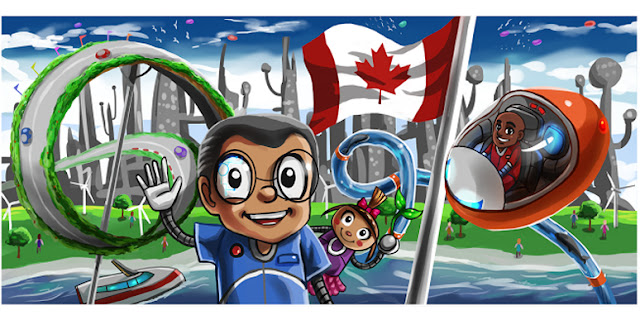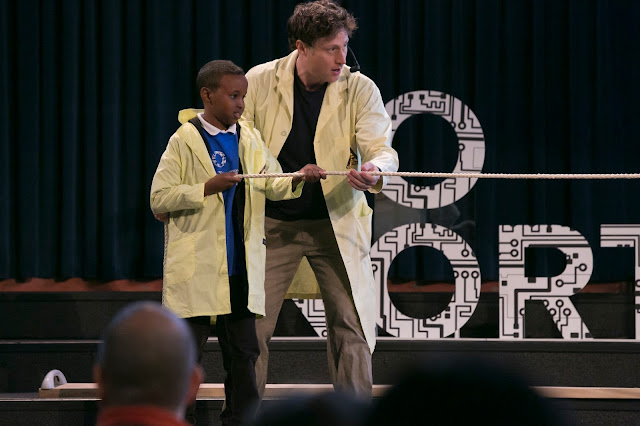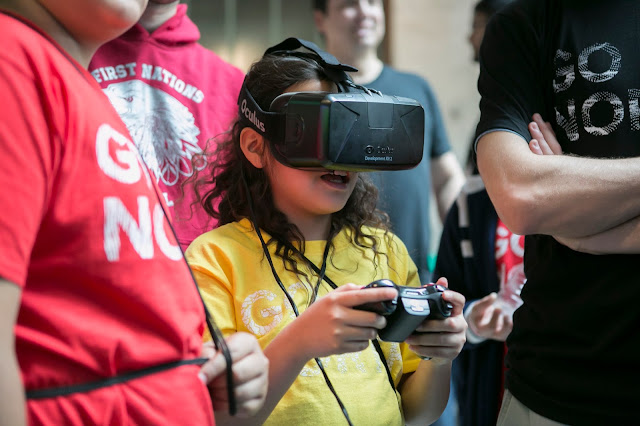There’s never a dull moment at home -- from getting the family ready to go in the morning to kicking back after a long day, and everything in between. Wouldn’t it be great to get some extra help?
Starting today, Canadians can get their hands on Google Home, our voice-activated smart speaker, powered by the Google Assistant in English and French.
With a simple “Ok Google”, you can get results from Google Search, turn up the music, manage your everyday tasks or even adjust your compatible smart lights.
Help from your Google Assistant
Need to solve a problem? Ask Google Home to translate phrases, do simple math calculations, or share definitions. Want some help in the kitchen? Ask to get nutritional information and unit conversions with flour-covered hands. Too busy to stay on top of the news? Ask and you shall receive the latest Canadian stories from sources such as the CBC, Radio Canada, Global News, Sportsnet, TC Media, The Weather Network / MétéoMédia and more.
Your Assistant can also have fun—it can tell you jokes, play trivia or make animal sounds. Ever wanted to know what a whale sounds like? Now’s your chance to find out.
Enjoy your music
Find the right beat for every occasion, from practicing yoga to hosting a dance-a-thon with your little ones. The Assistant on Google Home lets you enjoy your favourite tunes. Simply say “Ok Google” and you can play songs, playlists, artists and albums from Google Play Music, Spotify, and more.*
Manage your everyday tasks
Canadians are busy -- and the Assistant on Google Home is now here to help. With your permission, it will give you answers for things like your commute, your daily schedule and more. Just ask “Ok Google, tell me about my day” or say, “Hey Google, how long will it take to get to work?” and you’ll get up to speed on everything you need to know.
Google Home is there to give you an assist around the house, too. All you have to do is ask and it will wake you up in the morning (or let you snooze), set a timer while you’re baking, and more.
Control your smart home
You can control your lights and switches in your home using compatible smart devices from brands like Nest, Philips, Samsung SmartThings and more.** Just ask, and Google Home will turn off the kitchen light.
If you have a Chromecast, you can also use voice commands to play Netflix and YouTube on your TV or binge watch your favourite show. Simply say, “Ok Google, play ‘Stranger Things’”.***
A speaker designed for any room
Whether you’re hosting a dinner or a solo dance party, Google Home delivers crystal-clear sound, giving you an enjoyable listening experience across all types of music. Plus, we designed Google Home to fit stylishly into any room. And you have the option to customize your Google Home with a choice of interchangeable metallic bases, available in Copper or Carbon.
We know Canadians have been patiently waiting for Google Home to arrive, and we’re working to bring the Assistant to Canadians in English and, for the first time ever, in French. Your Google Home experience will get better over time, as we add more features, partners and more. And of course, we’ve hidden a few Canadian treats for you to discover along the way. Why not try asking your Assistant on Google Home about some of its favourite foods or sports teams?
Google Home is available starting on June 26th from the Google Store, Bell, Best Buy, Fido, Indigo, London Drugs, Rogers, Staples, The Source, Telus, Visions, and Walmart.
